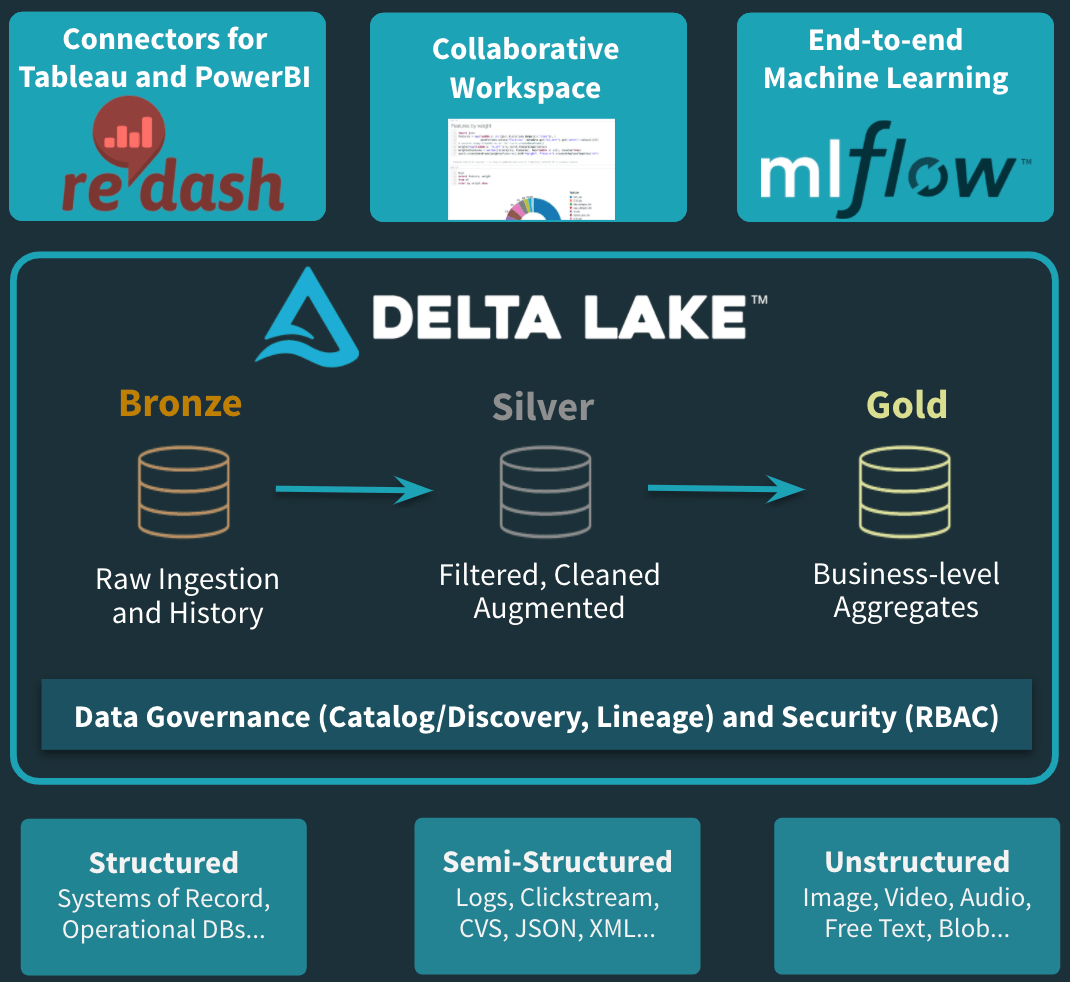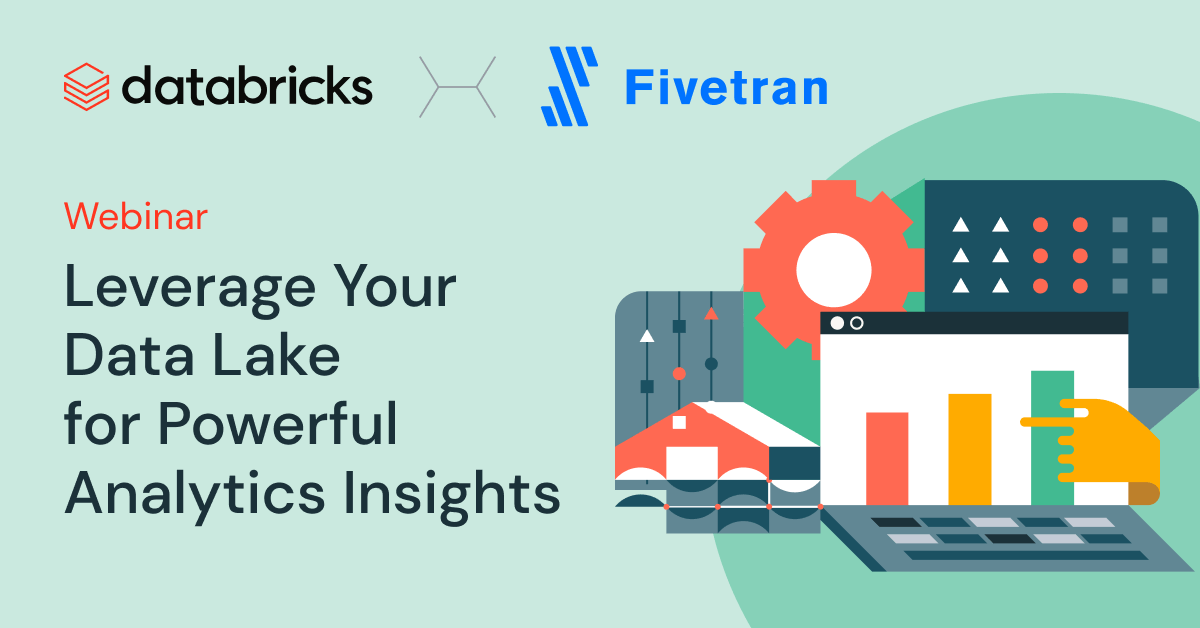

The third area is hidden costs related to the efficiency and value of the data. The second area is the cost of downtime, which is difficult to measure but includes factors such as reputational damage. The first area is infrastructure costs, including the initial investment, operational costs, energy consumption and labour costs. Sebastian Wedeniwski, chief technology officer at Deutsche Börse since April 2023, suggests that TCO for data platforms should be categorised into three primary areas.

One metric used to understand the overall value of an investment in a service or platform is the total cost of ownership (TCO), a financial estimate of the total cost of a product across its whole lifecycle.

So how can they justify the costs and enable the shift to a culture that recognises data’s potential for profit? How should organisations approach costs? Investment in data isn’t slowing down, with data leaders expecting to invest 63% more in existing data and AI platforms and 69% more in new platforms by 2025, according to the Databricks and MIT CIO Vision 2025 report. They may know there’s immense benefit in gleaning insights into their business and customers, but getting to that point and quantifying that value is more challenging. It can therefore be difficult for leaders to understand the return on investment for data platforms.
Databricks lakehouse how to#
Data innovation is often also stifled by budget limitations or by organisations not knowing how to get the most out of the tools and technology available to them. Being ‘data-driven’ has become a bit of a buzzword, but for many organisations, a data strategy is still in development.


 0 kommentar(er)
0 kommentar(er)
